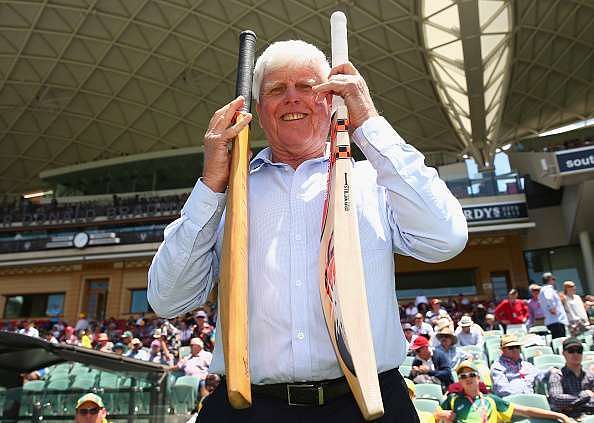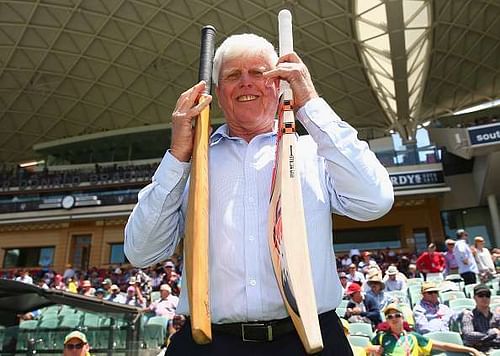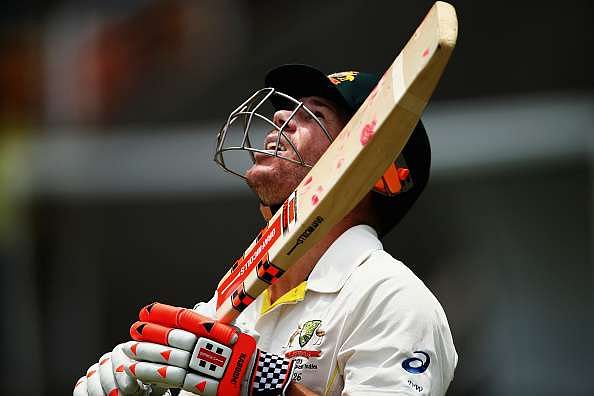
All you need to know about the call for reduction in bat size

On June 3, 2016, in a bid to make the game of cricket more balanced, the ICC committee, consisting of Rahul Dravid, Andrew Strauss, Mahela Jayawardene, and Darren Lehmann had suggested reducing the size of the cricket bat. The members had urged the Marylebone Cricket Club to consider the issue and resize the dominant cricket bats, as reported by Sports24.
The International Cricket Council did receive a research paper from the MCC that indicated that the bats had certainly gained an advantage over the years due to more ‘sweet spots’ covering the majority of the bat. Though ICC has the main authority in Global cricket, the rules of cricket can only be decided by the MCC.
Also Read: Larger bats have robbed cricket of balance
The 2015 World Cup witnessed a staggering 38 centuries and 463 sixes which clearly tells the story of the current cricketing scenario and the issue which still remains is to give the bowlers an equal chance of countering the batsmen, if not more.
With the introduction of T20 cricket, the batsmen have found it easier to perform well in the 50-over format and there have been a lot of instances when the scores have crossed even 400 runs (8 runs per over).
MCC’s ruling on the issue:
On 12 July 2016, the MCC called for a restriction on the size of the bat and have made their opinion clear on the matter. The committee – consisting of Mike Brearley, Ricky Ponting, Sourav Ganguly, Rod Marsh, Shaun Pollock, Charlotte Edwards, and David Richardson – also felt that the balance between the bat and the ball had been lost and that they will also be considering the weight of a cricket bat in the near future.
"The time has come to restrict the size of bat edges and the overall width [depth] of bats," Mike Brearley, chairman of the committee, said.
"It was pointed out to us that, in 1905, the width of bats was 16mm and that, by 1980, it had increased to 18mm. It is now an average, in professional cricket, of 35-40mm and sometimes up to 60mm. That shows how fast the change has been." as quoted by ESPN Cricinfo.
Ricky Ponting has his say:

Former Australian Captain Ricky Ponting had opened the debate for the size of the bat and felt that it gave the batsmen an unfair advantage over the bowlers, especially in Test Cricket. In a recent function in Australia, Ponting had suggested the use of bats of varying dimensions for the Test format, the 50-over format, and the T20 format, to even things out a bit.
Fellow Australian David Warner, however, felt the opposite and put the blame on flat pitches for increase in the flow of runs.
If things progress at a steady pace, the new rule could be introduced by October 1, 2017 and though it might take a while to implement the rule, things could certainly take a turn for the better and make the Test cricket a lot more interesting with the batsmen and the bowlers battling it out completely based on their potential alone.